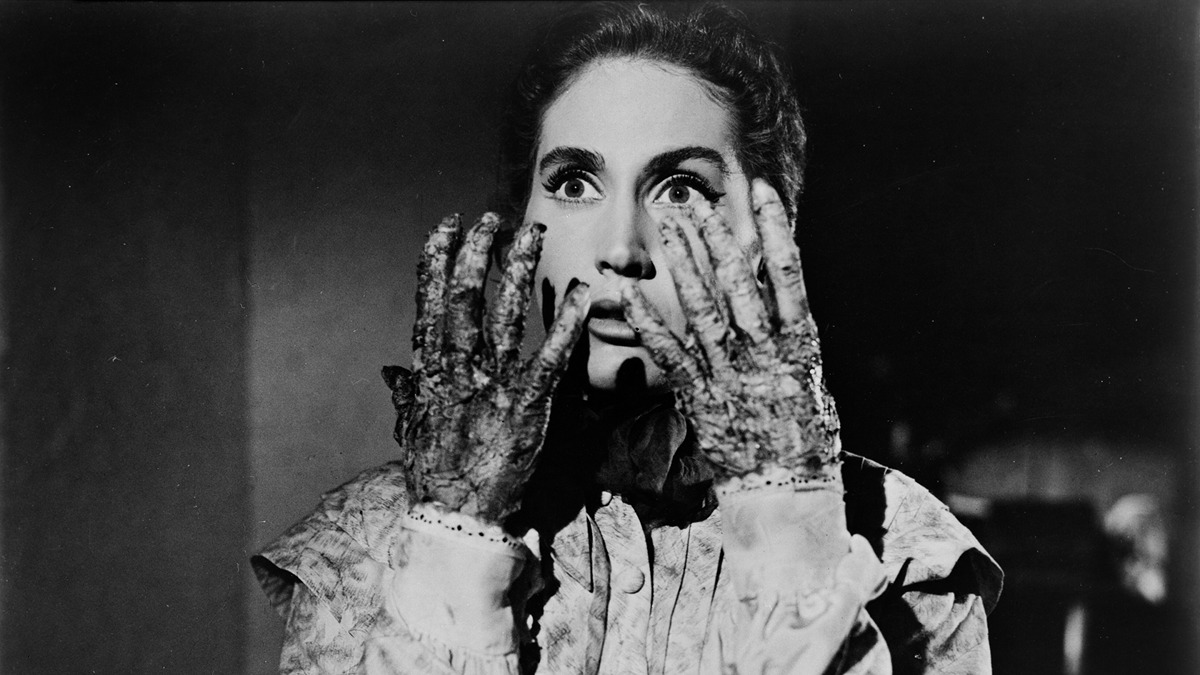Why do “Default Constructors” play a crucial role in your Java project?
In this article, you will learn best practices about how it ensures object integrity, backward compatibility, and efficient memory allocation during the deserialization process for your Java project.
Here I will tell you several reasons, Please share your thoughts below in the comment section!
1. Object Instantiation — Java deserialization best practices:
- Deserialization Process: However, During the deserialization process, a new object (or instance) of the class being deserialized is instantiated by Java. The default constructor, Which might be the one without arguments or parameters is invoked for this purpose. In that case, if such a default constructor is not available or is not in use, then the deserialization process will not go smoothly.
- Restoring the Object State: After such an object has been created using such a default constructor, the deserialization process restores the object’s state by populating all of its fields with the data from the serialized form object!
2. Backward and Forward Compatibility:
- Evolving Classes: In the case of class evolution (for example new fields are added), it ensures that older versions of the class can be deserialized correctly. This is because the mechanism of deserialization will call up the default constructor first, and then set the available fields.
3. Framework and Library Compatibility:
- Serialization Libraries: Other available serialization frameworks, e.g. Java serialization (built-in), or JSON libraries where a default serializer is used also expect a default constructor for any instance of an object to be created. These frameworks might fail to create objects if that is not present when trying to deserialize the objects.
- Reflection: While coding you might find that, Other libraries may insist on invoking a default constructor as a means of creating object reflection, and a default method makes it possible for such libraries to use your classes without bothering about how they will achieve deserilization.
4. Error Handling and Debugging:
- Easier Debugging: In your code if something goes wrong during the deserialization process, If you have a default constructor used already, that can make it easier to debug, as it’s one less potential issue (like missing or incorrect constructors) to be considered! This simplicity helps isolate problems more quickly.
- Graceful Failure: If you use a default constructor, that can help you to ensure that even if deserialization doesn’t completely succeed (For example, just assume that — if some fields are missing or corrupted), the object is at least partially instantiated, allowing your application to handle the error more gracefully. You can find the issues by printstacktrace easily!
5. Avoid Uninitialized Fields (Java object initialization):
- Proper Initialization of your Objects: If you are using the default constructor, it ensures all fields are initialized to their default values before populating with data during the deserialization process. It will avoid potential issues with uninitialized fields, and so you could lead to the safe side by avoiding inconsistent or incorrect state scenarios.
6. Ease of Maintenance (Java serialization and deserialization):
- Simplicity: When you use the default constructor in a class, it will make your codebase more simplified for maintaining and extending for future use. It will also help other developers understand how the objects are constructed, especially when they are dealing with serialization and deserialization concepts.
7. Inheritance and Polymorphism (Java class hierarchy deserialization):
- Handling Superclass Fields: If you are inheriting the superclass, the deserialization process needs to correctly initialize for both the superclass and subclass fields. The default constructor would take care that the superclass is properly initialized first (As you already know, constructors in Java call the superclass constructor first before executing their class members or their own body).
- Complex Hierarchies: When you have a complex class hierarchy, the deserialization process may involve multiple constructors. Imagine that, You are not using the default constructor in any of your classes in the same hierarchy, which could lead to issues where the superclass fields aren’t initialized correctly, and so you might fail runtime failure most of the time! It will be hard to debug & identify the errors and loopholes in your code!
8. Design Patterns:
- Singleton and Factory Patterns: Your class must be extra cautious in terms of de-serialization if it uses Singleton or any other design pattern. In the case of Singletons, for example, de-serialization may break Singleton property by creating more than one instance (it will no longer be Singleton).
A default constructor can be used along with readResolve to make sure that deserialization returns the right instance pattern presumes a no-arg constructor exists to recreate the object upon deserialization, even if you keep the constructor private.
Conclusion:
A default constructor during deserialization plays a critical role in ensuring that objects are correctly and efficiently instantiated, fields are properly initialized, and that deserialization processes (both standard and custom) work seamlessly across different environments and use cases. The above knowledge about how the default constructor is useful for your Java projects helps you with the best practices about how you should code!
Please let me know if you have any questions or thoughts below in the comment section.
You may also like: Learn how to create an immutable class in Java



















 English (US) ·
English (US) ·